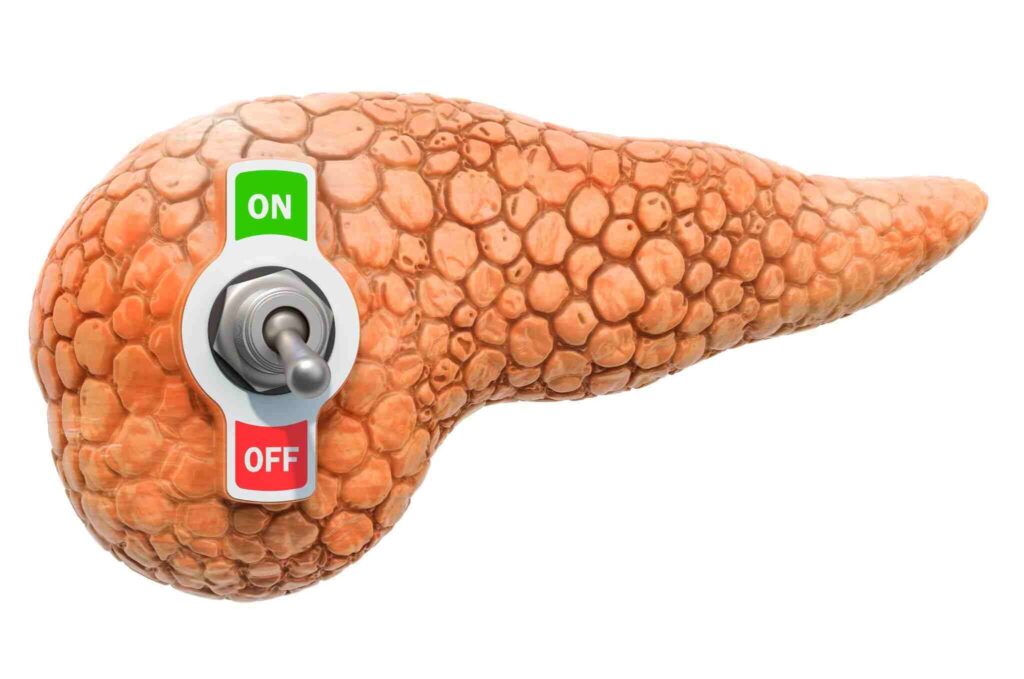Type 2 Diabetes Mellitus
Home > Services > Type 2 Diabetes Mellitus
What is Type 2 Diabetes ?

Diabetes is a disease that occurs when the glucose (sugar) in your blood is too high consistently.
Someone with diabetes has a problem bringing sugar from the blood into cells, which causes the sugar to stay in the blood, causing high blood sugar levels.
If your body has high sugar for a long time, it can damage many organs in the body including the heart, nerves, eyes, and kidneys.

Telemedicine Hours
Tuesday
8:00am-8:00pm
Wednesday
8:00am-8:00pm
Friday
8:00am-8:00pm
Saturday
8:00am-12:00pm
Receive expert medical care from the comfort of your own home
Statistics of Type 2 Diabetes

According to the CDC, more than 37.3 million Americans have diabetes (about 1 in 10), and approximately 90-95% of them suffer from type 2 diabetes. Diabetes was the seventh leading cause of death in the United States in 2019.
Out of the 37.3 million adults with diabetes, 28.7 million were diagnosed, and 8.5 million were undiagnosed. The prevalence of diabetes among Americans age 65 and older remains high, at 29.2%, or 15.9 million. New cases of diabetes in the US are about 1.4 million every year.

What is Insulin?
Insulin is a hormone produced by the pancreas, an organ located behind the stomach. Insulin is like a key that opens the door to your cells and allows the sugar to enter into them. Once glucose enters the cells, your body uses it as a source of energy.
If you have type 2 diabetes, your cells do not respond well to insulin. The pancreas may have a problem producing insulin, the insulin it produces may not be enough, or the insulin in the body does not work properly.
What is insulin resistance?
Insulin resistance occurs when the cells that absorb glucose and convert it into energy no longer respond to insulin as easily as they should. Fat and muscle cells absorb glucose and the liver stores it.
Your pancreas makes more insulin to try to get these fat, muscle cells and liver to respond. Eventually your pancreas can’t keep up, and your blood sugar rises leading to prediabetes and eventually type 2 diabetes.


What causes insulin resistance?
A sedentary lifestyle, overweight or obesity increases the risk for insulin resistance. It is unclear about the mechanism fully, however some researchers theorize that extra fat tissue may cause inflammation, physiological stress or other changes in the cells, which can contribute to insulin resistance.
Signs and Symptoms of Type 2 Diabetes Mellitus
Type 2 diabetes can develop over several years and can go unnoticed for a very long time. Some of the symptoms may be:
Frequent urination
Weight loss
Feeling more thirsty than normal
A wound that does not heal quickly.
It is important to know your risk factors and see your provider soon.


Type 2 Diabetes Risk Factors
You are at risk of having Type 2 diabetes, if you have these following conditions.
Have prediabetes.
Are overweight or obese
Are 45 years or older.
Have a parent, brother, or sister with type 2 diabetes.
Are physically active less than 3 times a week.
Have ever had gestational diabetes (diabetes during pregnancy) or given birth to a baby who weighed over 9 pounds.
Are an African American, Hispanic or Latino, American Indian, or Alaska Native, Pacific Islanders and Asian Americans.
Management of Type 2 Diabetes


Diet, regular exercise, adequate sleep, relaxation and medication can control your blood sugar. However, management of type 2 diabetes can be quite challenging.
Diabetes is a disease that does not take a day off. It can be emotionally exhausting to constantly have to chase your blood sugar numbers. Every day you have to focus on making sure to take medications on time, figure out the right kind of food to eat, and be sure to get enough exercise. It can put a tremendous burden on your everyday life due to the demanding nature of this disease.

We are here to help you. You are not alone.
Whether you were just diagnosed with diabetes or have had diabetes for some time, talk to our Board Certified Nurse Practitioner who will assist you:
Develop a healthy eating and activity plan
Teach you how to recognize the signs of high or low blood sugar and what to do about it
How to check blood sugar and administer insulin if needed.
Educate about diabetes medications and their side effects
Educate about daily monitoring of your feet, skin, and eyes to catch problems early
Need for a regular follow up with your primary care, eye and foot doctor
How to manage stress and manage diabetes daily.
Diabetes distress is a real thing.
Diabetes distress is a real thing. Do not get beaten down by this disease. You have the power to control it. Take things one day at a time. Do not overwhelm yourself.
Our Board Certified Nurse Practitioner will help you navigate all aspects of diabetes care and provide you with immense guidance and support throughout your journey



